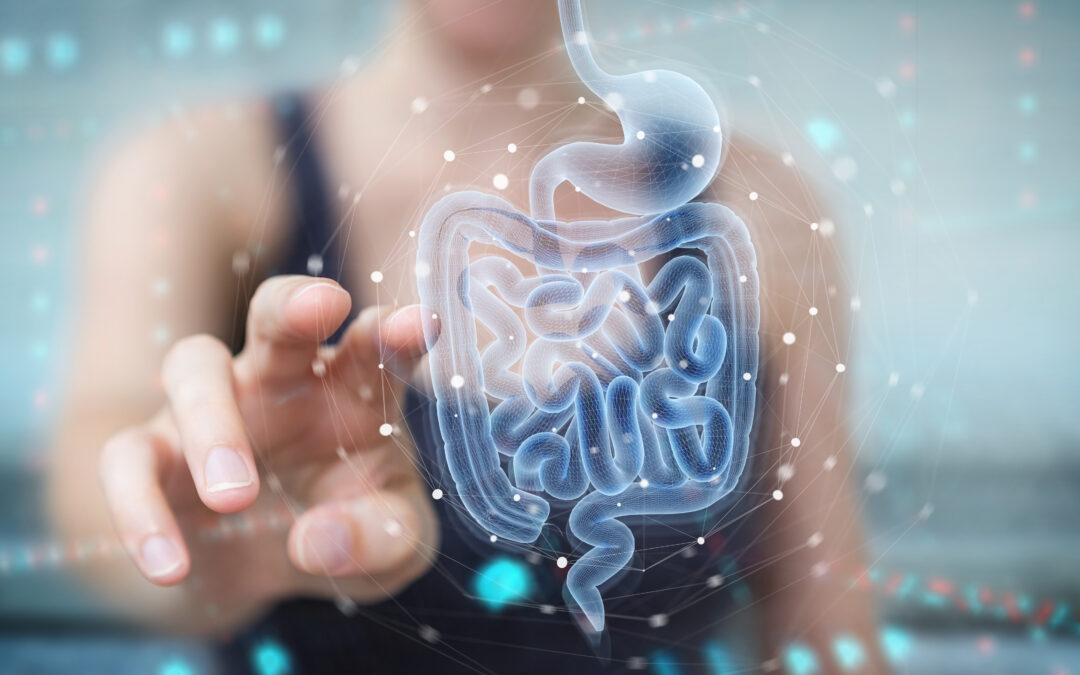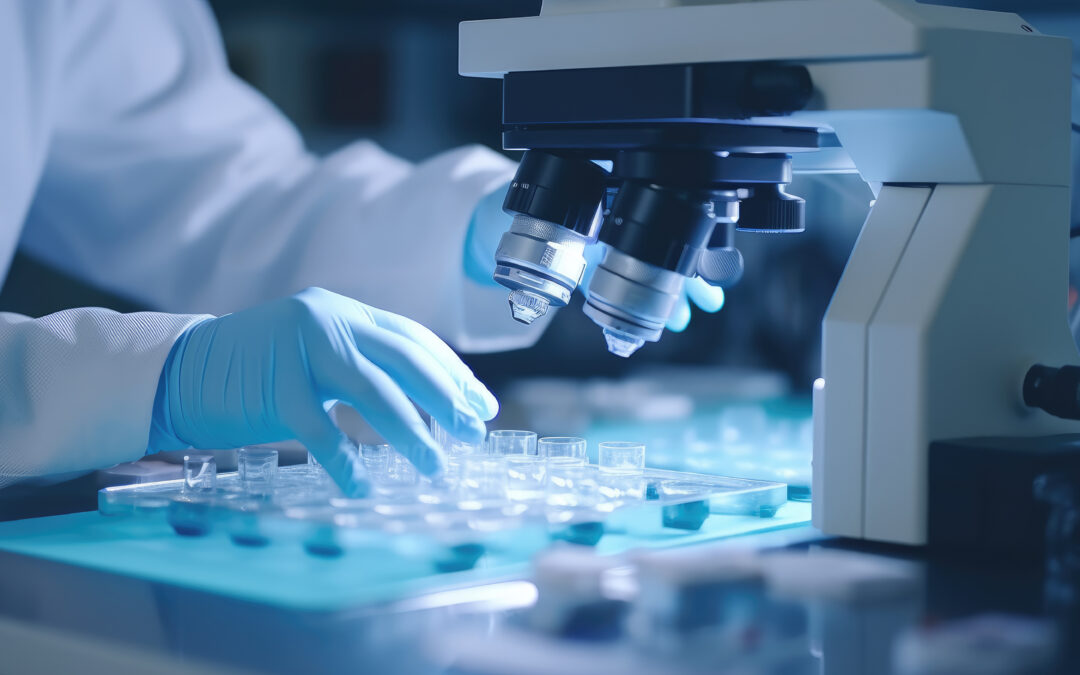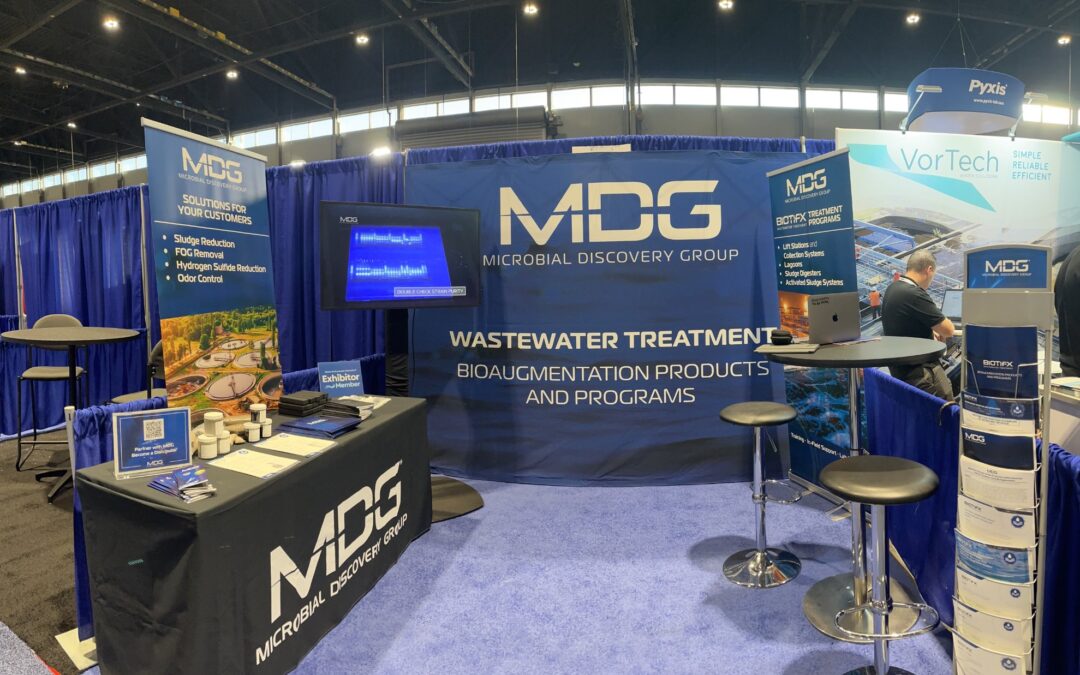We have heard from wastewater facilities that a lot of rainfall in a short amount of time can really throw off their ability to effectively treat wastewater. There is just not enough capacity and too little time to adjust. Unfortunately, we predict that a new kind of rain is coming. With recent concerns and actions around COVID-19, we’re seeing:
- 3.33 times the amount of water-related to handwashing
- Extra flushing to get non-toilet paper items to go down the toilet
The first one might be a little easier to estimate. The CDC recommends washing your hands for 20 seconds, or the equivalent to singing happy birthday twice. But therein lies the problem wastewater treatment plants could be facing.
- In normal circumstances, the average person washes their hands for 6 seconds. So, with the increase to 20 seconds, we’re estimating 3.33X more water usage for handwashing.
- A normal faucet will use between 0.5 to 2.5 gallons per minute (GPM).
- If we take the average of that range, 1.5 GPM, and multiple it by the increased time spent washing, 14 seconds, you get 0.35 gallons of extra water used per person each day.
But we’re not done yet! We also need to consider the uptick in how many more times a day we are washing our hands.
- Let’s assume you wash your hands 18 times a day now because of the new COVID-19 precautions. That’s around 10 times more than the normal average.
If we take the 0.35 gallons of extra water being used, multiplied by 10 times per day, each person is using an extra 3.5 gallons of water every day. What does this mean nationwide?
If we estimate 33% of the US population follows these guidelines, then we’re looking at:
- 327 million people x 33% x 3.5 gallons per day = 377.7 million gallons of extra water each day!
In addition to handwashing, we also need to consider toilet usage. With a lack of toilet paper available, we know the risks associated with wipes, paper towels, and rags coming down to the wastewater treatment plants. It’s much harder to estimate the water associated with the extra number of flushes required to dispose of these products.
Even before the COVID-19 concerns were a thing, facilities may have:
- Acknowledged a wastewater lagoon was undersized for the population expansion or facilities served.
- Known digging another one probably should have happened years ago but perhaps the budget wasn’t there.
- Never gotten around to getting them dredged.
Now, facing a lagoon full of sludge and way under capacity, it probably feels like it could be too late. If you find yourself in this situation, an increase in water usage isn’t going to do you any favors.
We are working quickly with our partners these days to make sure they have the right bioaugmentation products to stay or get ahead. Starting treatment now will quickly reduce sludge buildup and restore some capacity, allowing facilities to be better prepared for that extra rain coming our way. Talk with our team to be connected to one of our experienced wastewater treatment partners.









